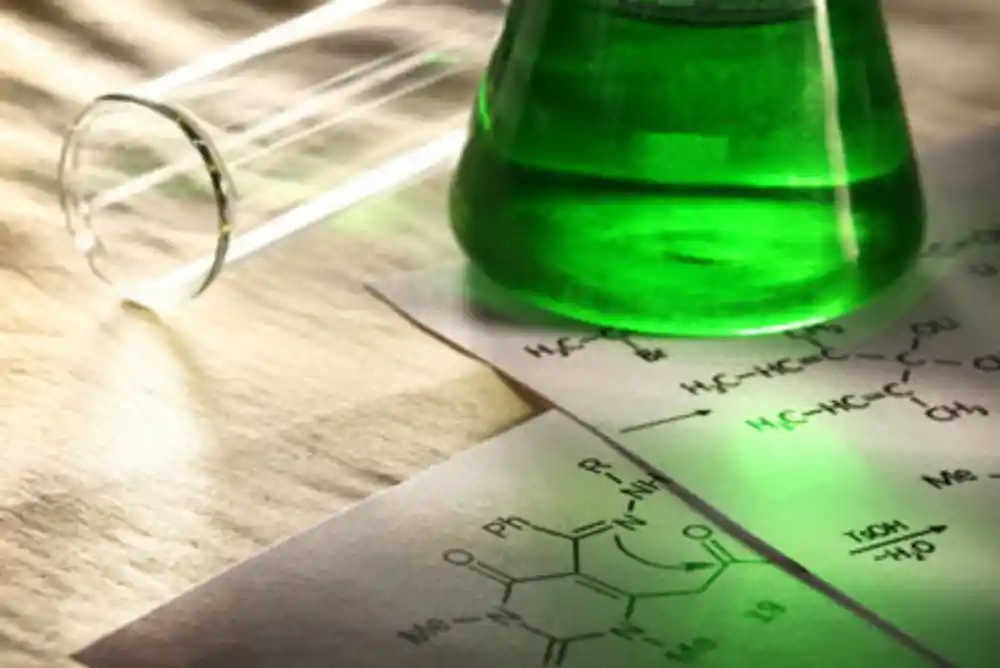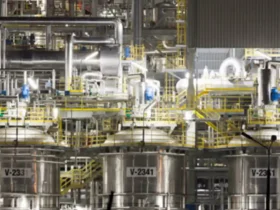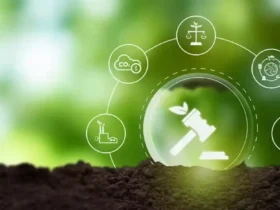
In recent decades, the chemical industry has been under increasing pressure to operate in a more environmentally responsible manner. Green chemistry has emerged as a powerful approach to reduce or eliminate the use and generation of hazardous substances in chemical processes. Rather than focusing solely on waste treatment and cleanup, green chemistry aims to prevent pollution at its source, making chemical processing more sustainable from the start.
This article explores various green chemistry initiatives being implemented across the chemical industry, their benefits, and real-world examples that showcase their potential impact.
What is Green Chemistry?
Green chemistry, also known as sustainable chemistry, is based on 12 key principles developed by Paul Anastas and John Warner in the late 1990s. These principles emphasize safer chemical synthesis, energy efficiency, waste reduction, and the use of renewable feedstocks.
Some core principles include:
- Preventing waste rather than treating it after formation
- Designing safer chemicals and products
- Using renewable raw materials
- Improving energy efficiency
- Using catalysts instead of stoichiometric reagents
By incorporating these ideas, chemical manufacturers can reduce their environmental footprint and often lower operational costs.
1. Using Renewable Feedstocks
A growing number of companies are shifting away from petroleum-based feedstocks to renewable alternatives like plant oils, starches, and even algae. These bio-based materials can often be sourced sustainably and degrade more easily in the environment.
Example: DuPont developed a process to manufacture 1,3-propanediol (PDO), a key ingredient in plastics, from corn sugar rather than crude oil. The resulting product, marketed under the brand name Sorona®, reduces greenhouse gas emissions and energy use significantly.
2. Solvent Substitution and Elimination
Solvents are widely used in chemical processes but often pose health and environmental risks. Many green chemistry initiatives involve replacing harmful solvents with safer alternatives or eliminating them altogether.
Example: The pharmaceutical company GlaxoSmithKline (GSK) developed a solvent selection guide to help chemists choose less hazardous options. This effort helped the company minimize toxic waste and comply with stricter environmental regulations.
3. Catalysis for Efficiency and Selectivity
Using catalysts allows reactions to proceed faster and under milder conditions, which can reduce energy consumption and increase product yield. Catalysis also improves selectivity, decreasing the formation of unwanted byproducts.
Example: Merck developed a palladium-catalyzed reaction to replace a traditional stoichiometric method in the production of Januvia®, a diabetes medication. This change reduced waste by over 90% and cut down the use of hazardous reagents.
4. Energy-Efficient Processes
Green chemistry also promotes the design of chemical reactions that require less energy. This can involve using alternative energy sources like microwave, ultrasonic, or photochemical methods.
Example: Researchers at the University of York developed a microwave-assisted method for synthesizing fine chemicals, which reduced reaction times from hours to minutes and significantly lowered energy consumption.
5. Design for Degradation
Another core principle of green chemistry is ensuring that chemical products break down into harmless substances after use, reducing their long-term impact on ecosystems.
Example: Companies are investing in biodegradable plastics made from polylactic acid (PLA) and polyhydroxyalkanoates (PHAs), which decompose more readily than conventional plastics. These are now used in packaging, agriculture, and even medical applications.
6. Safer Reaction Conditions
Reducing the use of extreme temperatures and pressures, as well as avoiding explosive or toxic intermediates, makes chemical processes safer for both workers and the environment.
Example: Instead of using high-pressure hydrogenation, some manufacturers are turning to enzymatic hydrogenation, which occurs under ambient conditions and produces less hazardous waste.
7. Greener Analytical Methods
Analytical chemistry is a key part of chemical processing. Green analytical methods aim to reduce the volume and toxicity of reagents used in testing and monitoring.
Example: Techniques such as near-infrared spectroscopy (NIR) and supercritical fluid chromatography (SFC) use fewer solvents and generate less waste than traditional methods like HPLC.
Benefits of Green Chemistry in Industry
- Environmental Protection: Reduces emissions, effluents, and hazardous waste.
- Cost Savings: Lower raw material and energy consumption.
- Regulatory Compliance: Easier to meet increasingly strict environmental regulations.
- Improved Safety: Safer conditions for workers and surrounding communities.
- Brand Reputation: Demonstrates a commitment to sustainability, which resonates with consumers and investors.
Challenges and Future Outlook
Despite its advantages, green chemistry faces several challenges. These include high initial investment costs, technical limitations, and resistance to change in established industries. However, advancements in materials science, process engineering, and digital technologies are steadily overcoming these barriers.
Collaboration between academia, industry, and government agencies is also playing a crucial role. Initiatives like the EPA’s Green Chemistry Challenge Awards and the ACS Green Chemistry Institute are helping promote research and implementation.
As global attention on climate change and pollution intensifies, green chemistry will play an increasingly vital role in shaping the future of chemical processing.
Green chemistry is more than a trend — it’s a transformative approach to making chemical processing cleaner, safer, and more efficient. From renewable feedstocks and safer solvents to catalytic methods and energy-saving technologies, green chemistry initiatives are redefining how chemicals are produced and used.
Companies that embrace these principles not only improve their environmental performance but also position themselves for long-term success in a sustainable economy. The shift toward green chemistry is both a moral imperative and a business opportunity, paving the way for a greener, healthier planet.








Leave a Reply